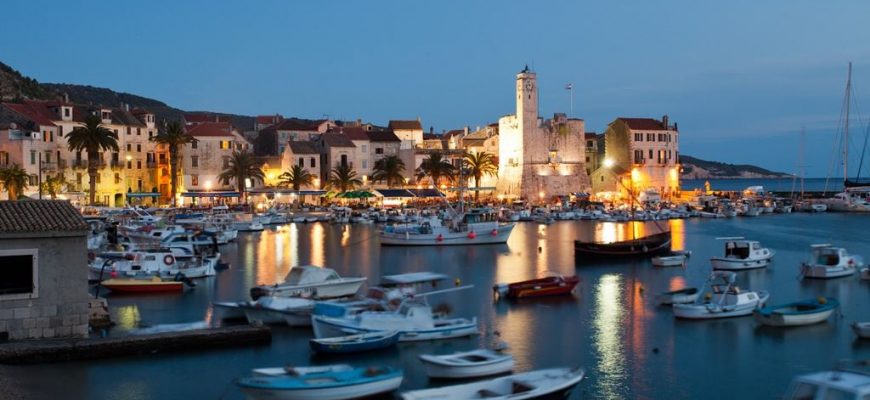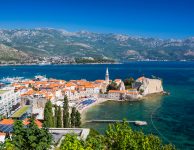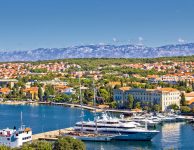Archeological findings on Croatian islands
February was full of news about new archeological findings in Croatia, especially on the Croatian islands Vis and Ugljan.
Find out more in the news below.
A sensational discovery | Silver coins of Greek colony Issa discovered
Silver money, found by detectors recently in the vicinity of Trilj, can be attributed to Issa, the ancient Greek colony on island of Vis. This is the first recorded specimen of a silver coin of Issa, probably dating from between 200 and 175 B.C.
One of the first researchers of Issean money was a 17th-century renaissance man Antun Matijasevic Karamaneo, born on the island Vis. Issean money was used along the Dalmatian coast, but also in the hinterland. Outside of that area, the money wasn’t circulating but a few specimens were found as far as Romania, Serbia and south Italy.
Although archeologists thought that besides bronze money, silver was also used, there were never any findings to support that claim – until now, when the silver coins were found near Trilj in Dalmatian Zagora.
The story of this finding was published in Vjesnik za arheologiju i historiju dalmatinsku (eng. Archeology and Dalmatian History Digest). Authors of the article are the American archeologist and numismatic Paolo Visona, Croatian numismatist Sasa Paskvan and Ivan Pamic.
The silver coin from Trilj weighs 4,84 grams, but the silver ratio still needs to be measured. Also, the authors noted that there’s no evidence the coin could be an ancient or modern forgery.
The coin is embroidered with motifs of vines and grapes which was, according to the authors, a way of promoting the colony’s wine and ceramics production, but also a symbol of the cult of Greek god Dionysius. They also note that these motifs are a demonstration of the colony’s economic success in the aforementioned period.
The general assumption is that the locals were starting to make their own silver coins at the beginning of the 2nd century B.C. in order to show their independence and to have a recognizable currency in a multicultural setting, which was also a trend in the Greek civilization.
Source: morski.hr
Archeological findings on island Ugljan
The Saint Michael Fortress (Sveti Mihovil) above Poljana and Preko on the island Ugljan is a popular tourist spot and an important part of Ugljan’s historical heritage. Also, it’s a place where archeologists found some interesting specimens – coins dating from ancient times to the middle ages, according to Naši škoji website.
Archeological research was made along with the project of the reconstruction of Saint Michael’s Fortress which is protected by the state. This should contribute to the sustainability of Ugljan and Pasman’s economy and the development of cultural and active tourism.
The sondage research, the result of which were the findings – coins used in the late antiquity period, as well as coins used during the middle ages, was conducted in the southern part of the fortress between 3rd November and 8th December 2021. Also, archeologists have found several layers of embankments from different time periods.
This research is a good foundation for creating an encompassing project of the fortress’ renovation. Until now, a surveyor elaborate, surveyor photographs, a conservatory elaborate and an architectural photo of the fortress were made.
Along with the coins, a small amount of ceramics was also found. After an analysis, the findings will be transferred to the Archeological Museum in Zadar.
Archaeologists from Arheolog d.o.o. participated in the research. Damir Martinov (research leader), Domagoj Maurin (deputy research leader), Dominik Kelava and archeology students Pio Domines Peter, Domagoj Knez, Luka Žarković, Eugen Fritz Prgomet and Leona Valenta. Also, four workers provided by the Municipality of Preko participated in the research.
Sources: morski.hr, Naši školji






